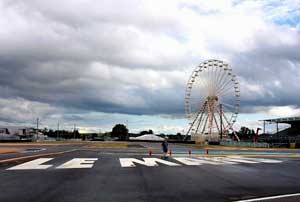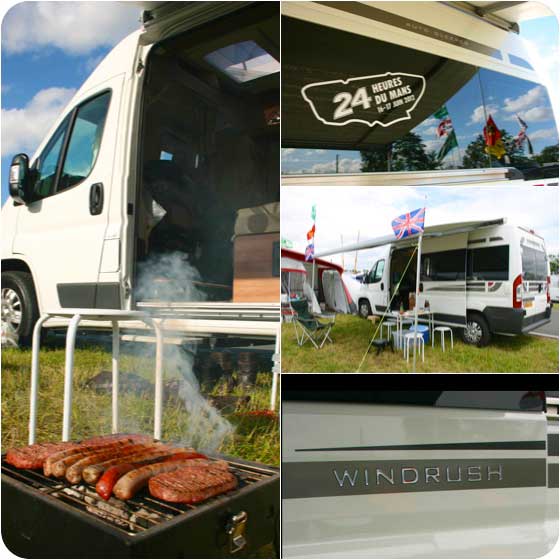Le Mans. Two words that spell the most famous motor race on earth
 Every year more than a quarter of a million people flock to the town in north western France that is home to an iconic 24-hour motorsport event. Around 100,000 of them are British fans who cram the local hotels and campsites to be there for an around-the-clock adrenaline rush that is also part festival, non-stop party and – for many – wholly addictive.
Every year more than a quarter of a million people flock to the town in north western France that is home to an iconic 24-hour motorsport event. Around 100,000 of them are British fans who cram the local hotels and campsites to be there for an around-the-clock adrenaline rush that is also part festival, non-stop party and – for many – wholly addictive.
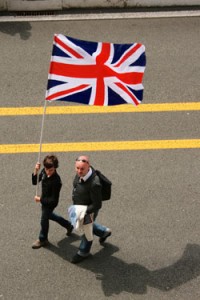
I’m at Le Mans with my daughter and friend, and our weekend billet is an Auto-Sleepers Windrush motor caravan from Marquis Motorhomes. Newly launched this year, the Windrush has already won an award for its novel design, with a snug pair of bunk beds among the four-berth accommodation that is packed into a high-top 20-foot length, together with a bijou kitchen and cleverly compact loo/sink/shower-room. This £46,000 weekend cottage on wheels is based on a Peugeot Boxer van chassis, with a robust two-litre 130 bhp turbocharged diesel engine. Adorned with Le Mans stickers and Union Jacks, it is both the perfect mode of transport with on-board catering and also our mobile hotel suite.
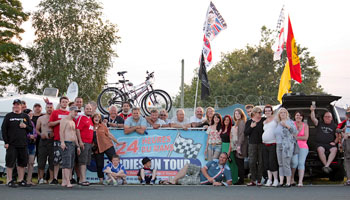
The camaraderie starts long before we even set foot in France. The M20 to the Channel Tunnel at Folkestone and the P&O ferries at Dover is a pilgrimage route for be-stickered cars and caravans proclaiming their destination as ’24 Heures Du Mans 2012’. From Calais past Abbeville and Rouen and all the way to Le Mans a steady stream of British-plated Ferraris and Astons, Porsches and Lotuses, Fords and VWs are on route to petrolhead heaven. A sign on the back of an overtaking TVR proclaims ‘Because life’s too short for a hybrid’. Not at Le Mans, it isn’t, as we shall soon discover.
The Thursday before the race is travelling and camp set-up day, to be there ready for ‘Mad Friday’. This is a bizarre spectacle of spontaneous madcappery, when assorted boy-racers in anything from tired little Renaults to expensive Italian sports cars do wheelies on the road just outside the circuit’s main entrance and leave much of their tyres’ tread in smoky black smears on the Tarmac. The wild noise and rank smell of burning rubber drifts across our campsite to merge with the smoke from dozens of portable barbeques. It goes on for much of the afternoon, until massed ranks of gendarmes arrive to quell the activity.
Some of the images are by Sylvain Kukulka
Amid fairground activity and a party atmosphere all around the circuit on a collection of closed local roads, time ticks down to 3 pm on Saturday. This is when the race starts – the 80th Le Mans 24-hours – with dark rain clouds gathering overhead. Watching from a viewing point opposite the start-line and above the pits, I’m relieved that the rain holds off as the flag drops. Friends spectating at the other end of the 8.5 miles circuit – one of the longest in the world – get a soaking, as the 56 race cars drive through sunshine and a shower on lap one.
Now the scene is set for the next 24 hours, with a thrilling cacophony of shrieking engines constantly reverberating around the scenery. As the afternoon moves towards evening, the race settles into its rhythm, and when night arrives the race cars’ lights piercing the darkness become the backdrop for an all-night party around the track perimeter.
At 1 a.m. the crowds are thinner as the less committed head for bed, but there are still plenty of us watching the pit-stops as the cars zoom in for driver changes, refuelling and fresh tyres. At 3 a.m. some of us are still sleepless in the midst of a French forest, watching the action on the famous Mulsanne straight and at the Arnage bend, where the inky blackness is intermittently pierced by bright beams of light ricocheting off the trees from the ground-level missiles hurtling past. We are mesmerised by the cars’ brake discs glowing cheery red as they plunge towards the bend at the end of the long straight at more than 220 mph. As dawn ascends over the Sarthe circuit, we weary-eyed spectators are awed by the pace of the race and the commitment of the drivers working at the limit through the night. At six a.m. the race has been around the clock, on for 12 hours, and is still only half run.
Last year’s Le Mans was all about the battle for supremacy between Audi and Peugeot, won by Audi with Peugeots second, third and fourth. This year Peugeot was absent and Audi dominant. It had a new rival in Toyota, returning to Le Mans after a 13 year gap, and all the talk was about their rival hybrids. But the star turn that intrigued everyone was the new ultra-light triangular-shaped Deltawing car, powered by a Nissan engine.
Sadly a promising start for the Deltawing came to an abrupt early end against a crash barrier, in collision with one of the Toyotas. But the picture that dominated the local French newspaper on Sunday morning was of another Toyota somersaulting through the air into a tyre wall after a glancing blow from a Ferrari. It was lousy luck for Toyota’s driver, likeable Brit Anthony Davidson, who was holding third place in the race and landed in hospital with fractured vertebrae. Luckier this time was another Brit, Allan McNish, heading for runner-up spot this time after a spectacular crash in a somersaulting Audi that made all the big headlines last year.
Three p.m. on Sunday, and it is all over. For the second year running the winner is an Audi driven by Marcel Fassler, Benoit Treluyer and Andre Lotterer. Audi has utterly dominated the race, leading from start to finish, with its R18 e-tron quattro diesel hybrids first and second, and its diesels third and fifth. As small consolation for Audi’s main race rivals, a Toyota-engine Lola was in fourth place. This was Audi’s 11th victory at Le Mans, and its first with a hybrid car. Life too short for a hybrid? Not at Le Mans.
Find out more about Windrush Motor Homes for next years Le Mans!
A Short Slideshow of images from Le Mans 2012
About Sue Baker
Motoring Correspondent-, Journalist, Editor & Broadcaster
A Supplier of words & images to UK national & international publications. Contributor to many newspapers & magazines including Diesel Car, Carpages, Carkeys, Cambridge Edition, Saga, Daily Telegraph, Daily/Sunday Express, Driving, BMW magazine, Mercedes magazine, Eureka (Kia) magazine, AA magazine, 4×4, CSMA Club, Good Motoring, PHVC Update. Regular work includes new car launch reports, test drive reports, comparative twin tests and group tests, features, drive/travel reports, industry and ‘Me & My Car’ celebrity interviews.
During a 30 year career in motoring journalism, my work has appeared in nine UK national newspapers: Observer, Daily Telegraph, Daily Mail, Independent, Times, Sunday Times, Daily/Sunday Express, Daily Star,
TV and Radio
Television experience includes 11 years as a presenter on the popular BBC TV motoring programme Top Gear, three years as motoring correspondent on BBC Breakfast Time, guest apearances on BBC News 24. Broadcasting work includes contributions to BBC Radio 4 Motoring & the Motorist, and Woman’s Hour; Radio Five Live, Radio 2 Nightline and the John Dunn show, BBC local radio; LBC motoring spot; British Forces Broadcasting Service motoring programme. Guest spots on World Radio Switzerland.
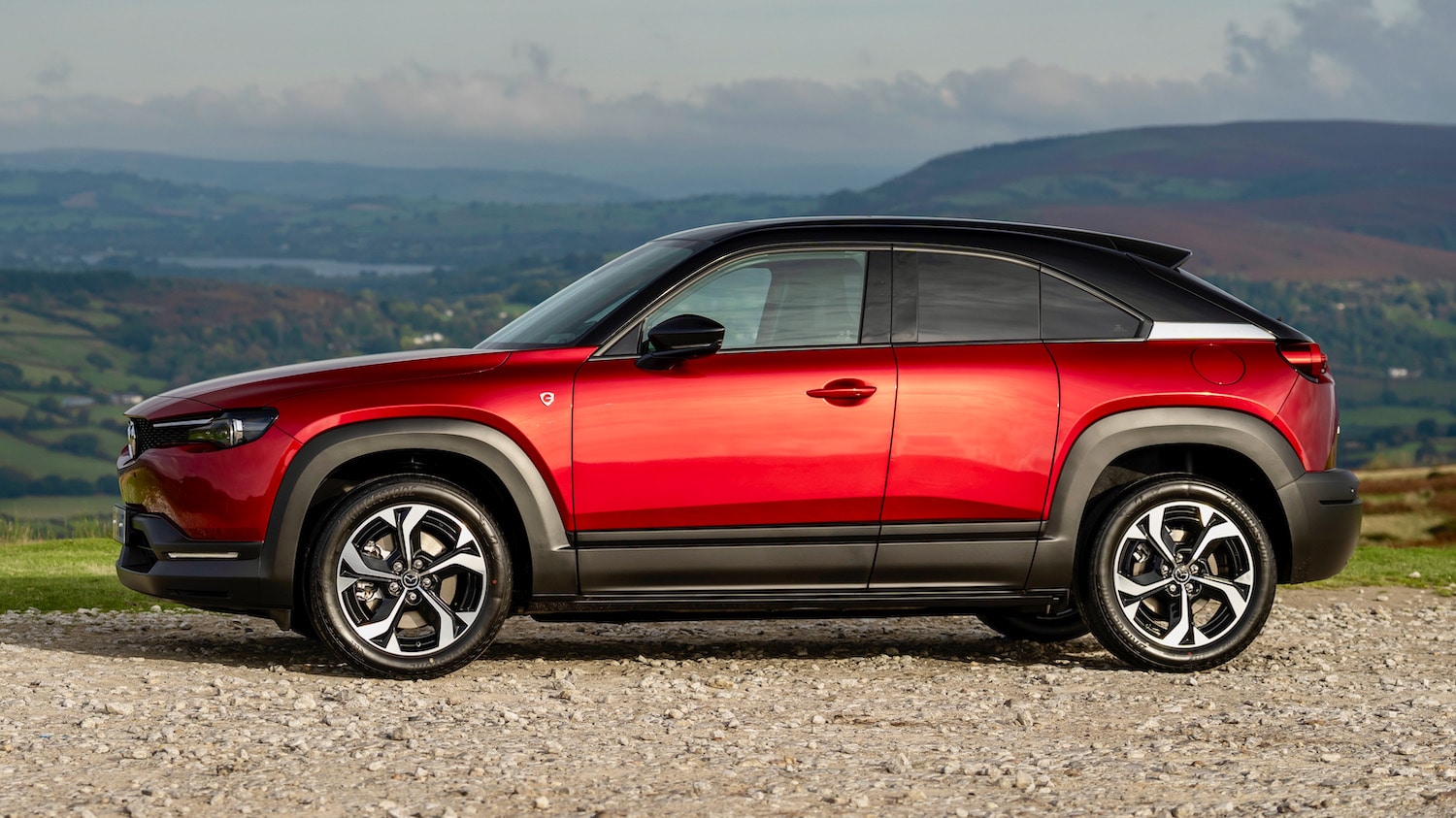
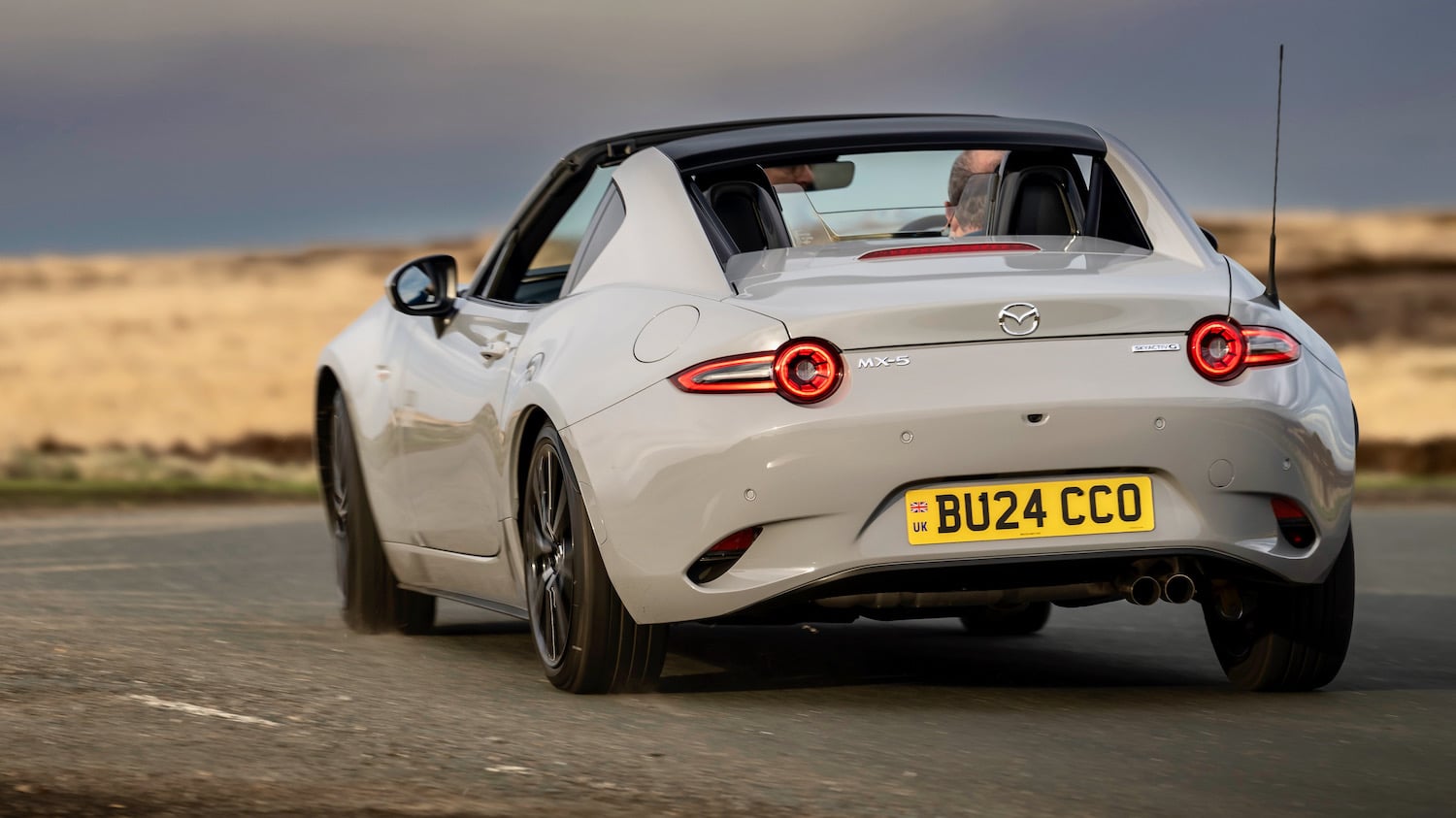
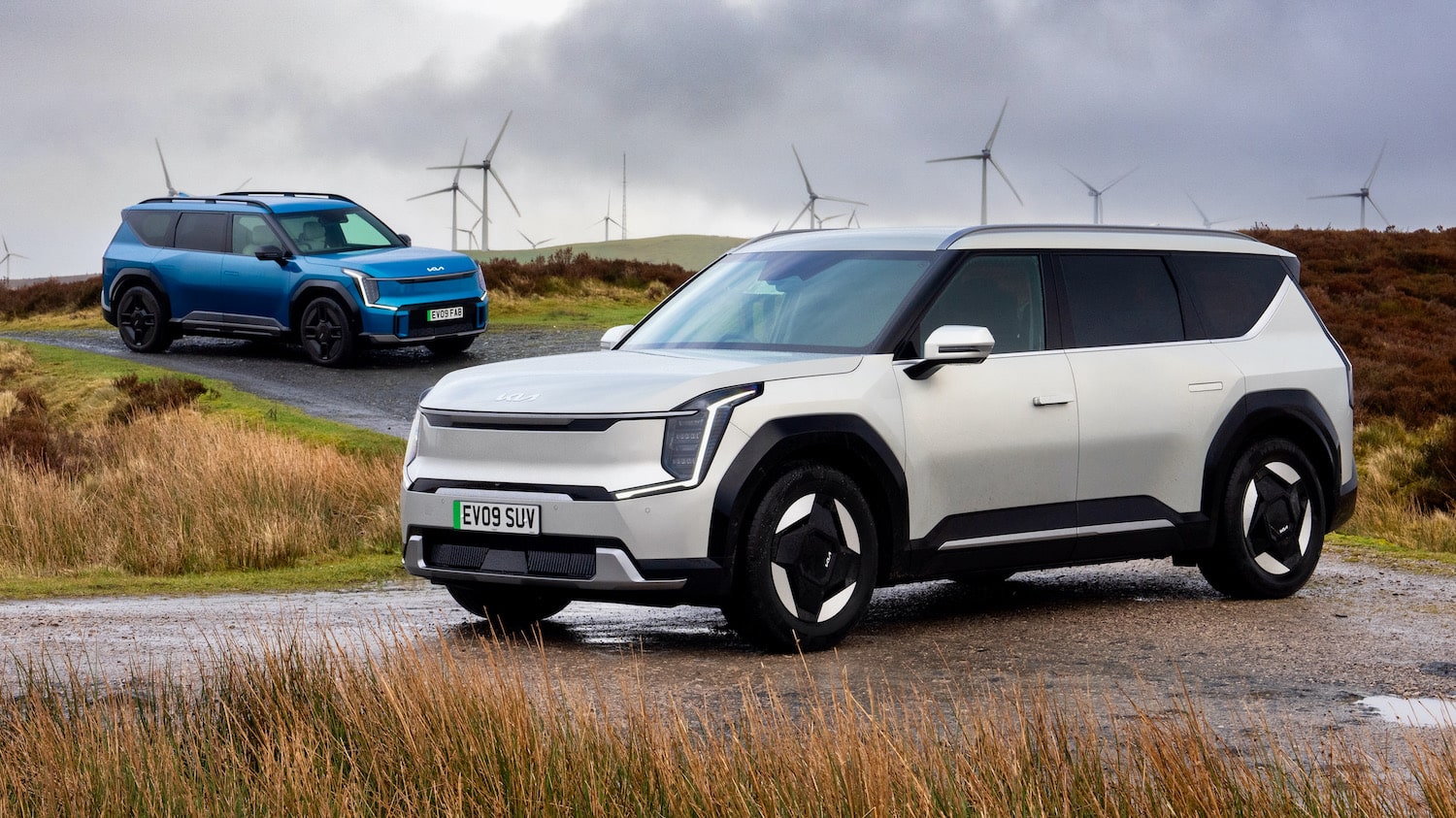
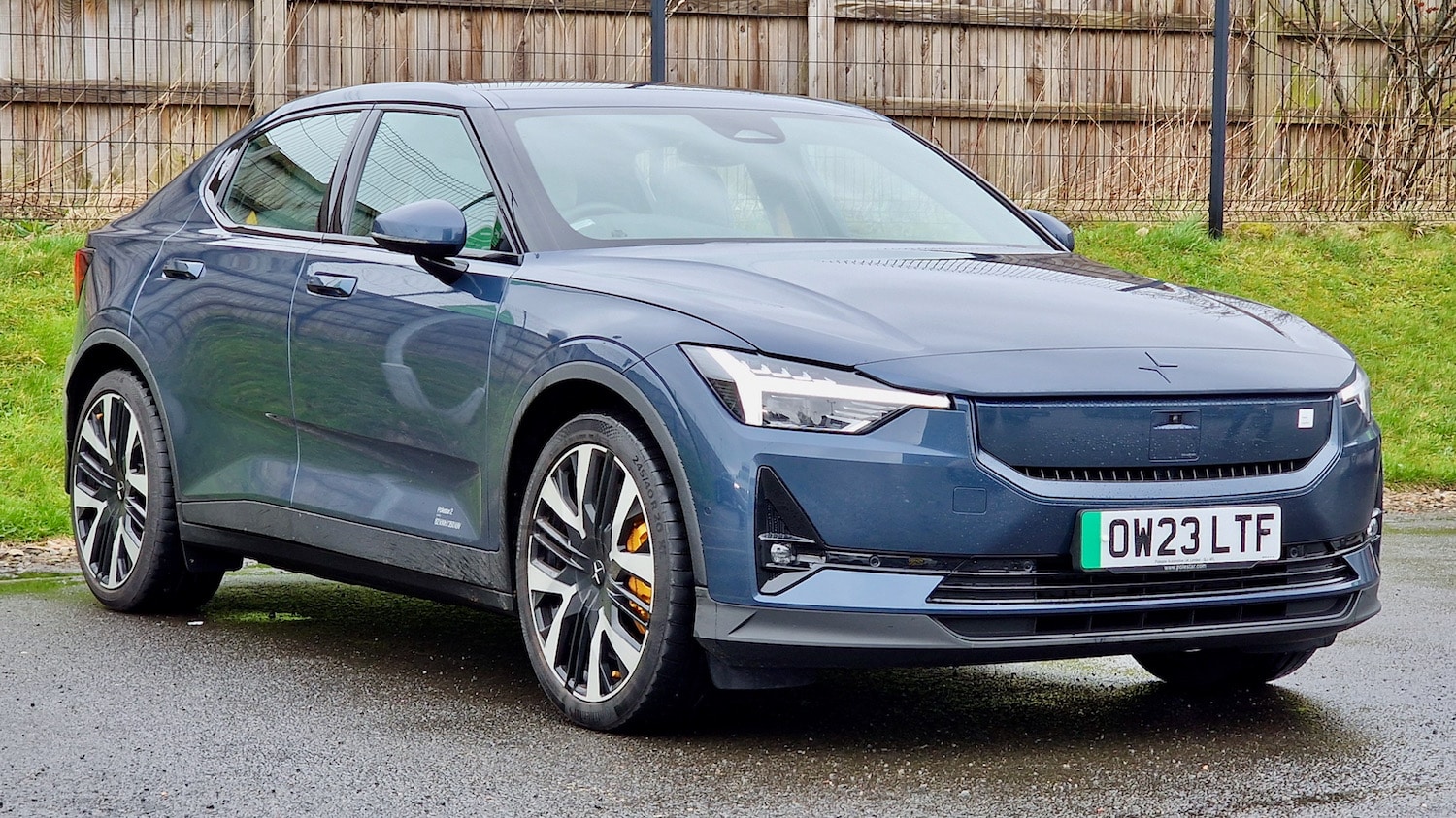
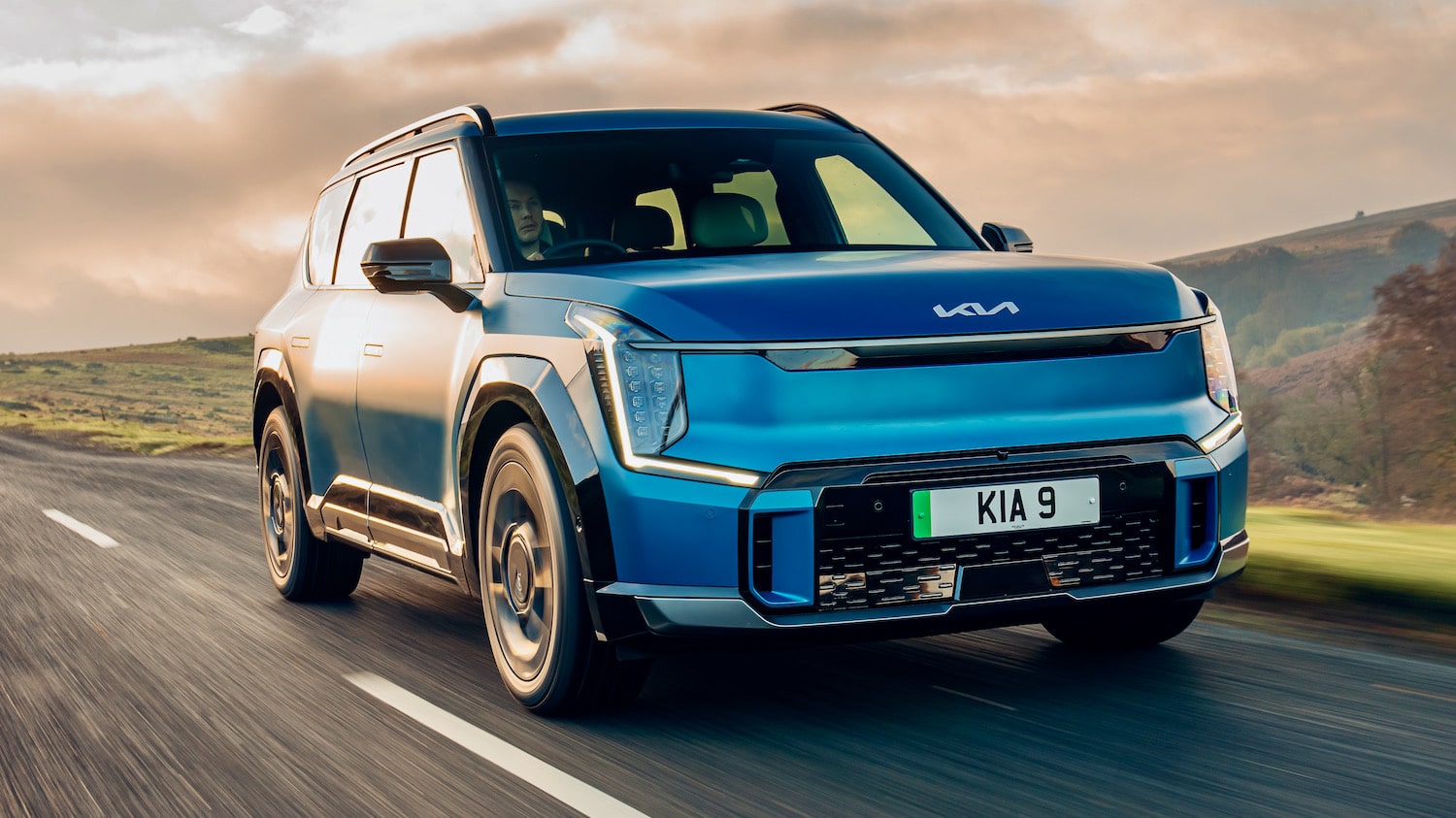
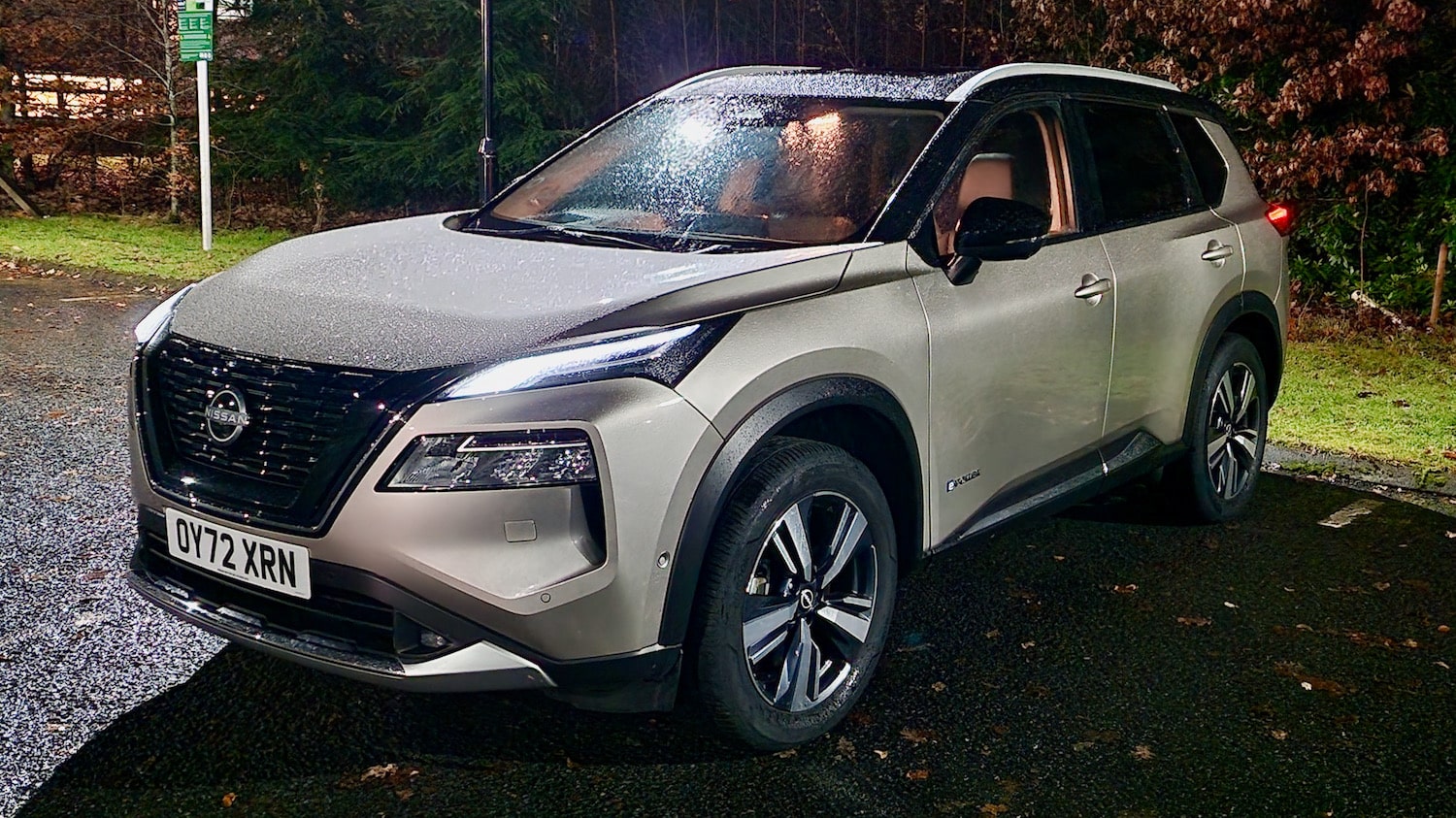
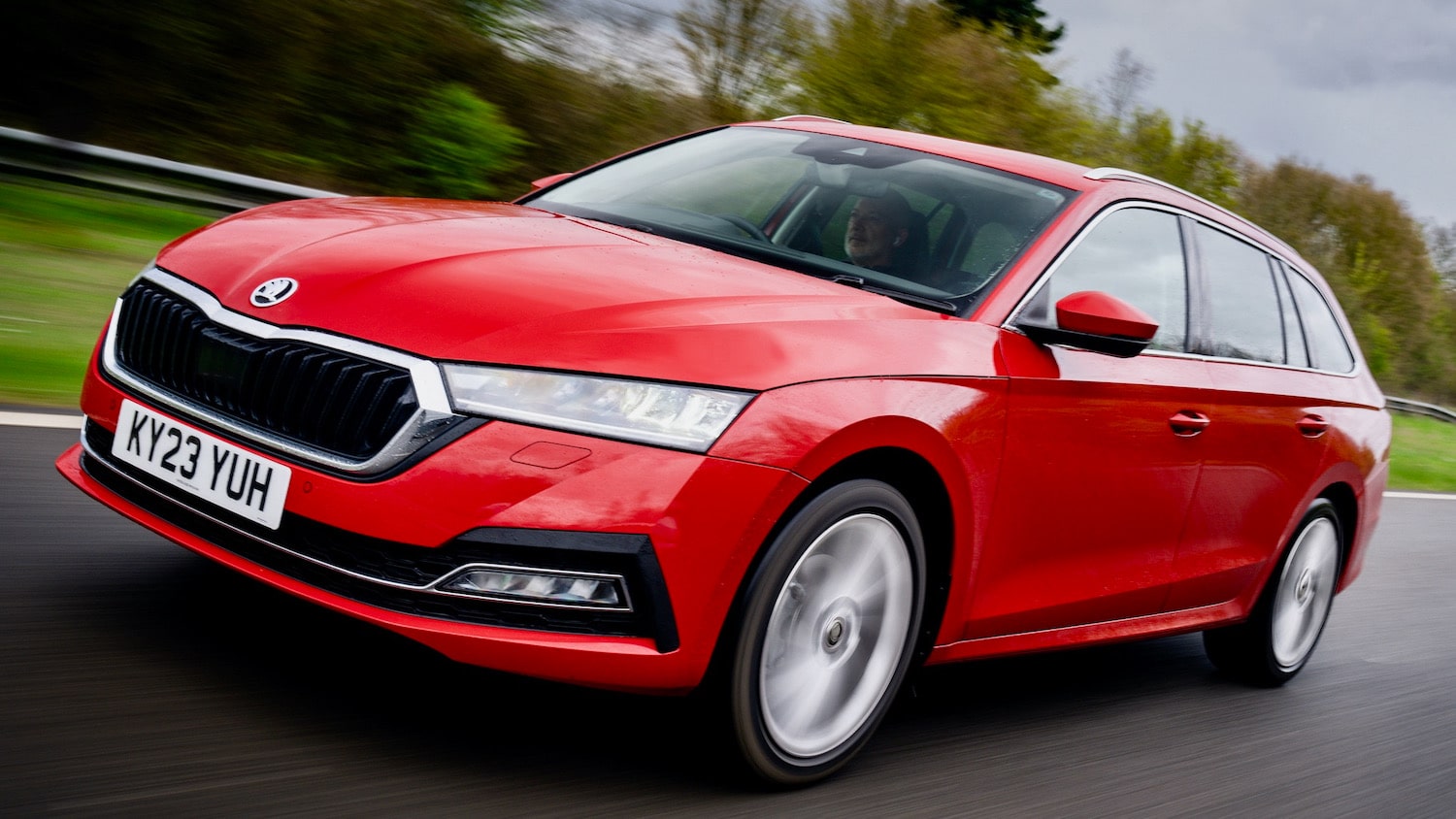
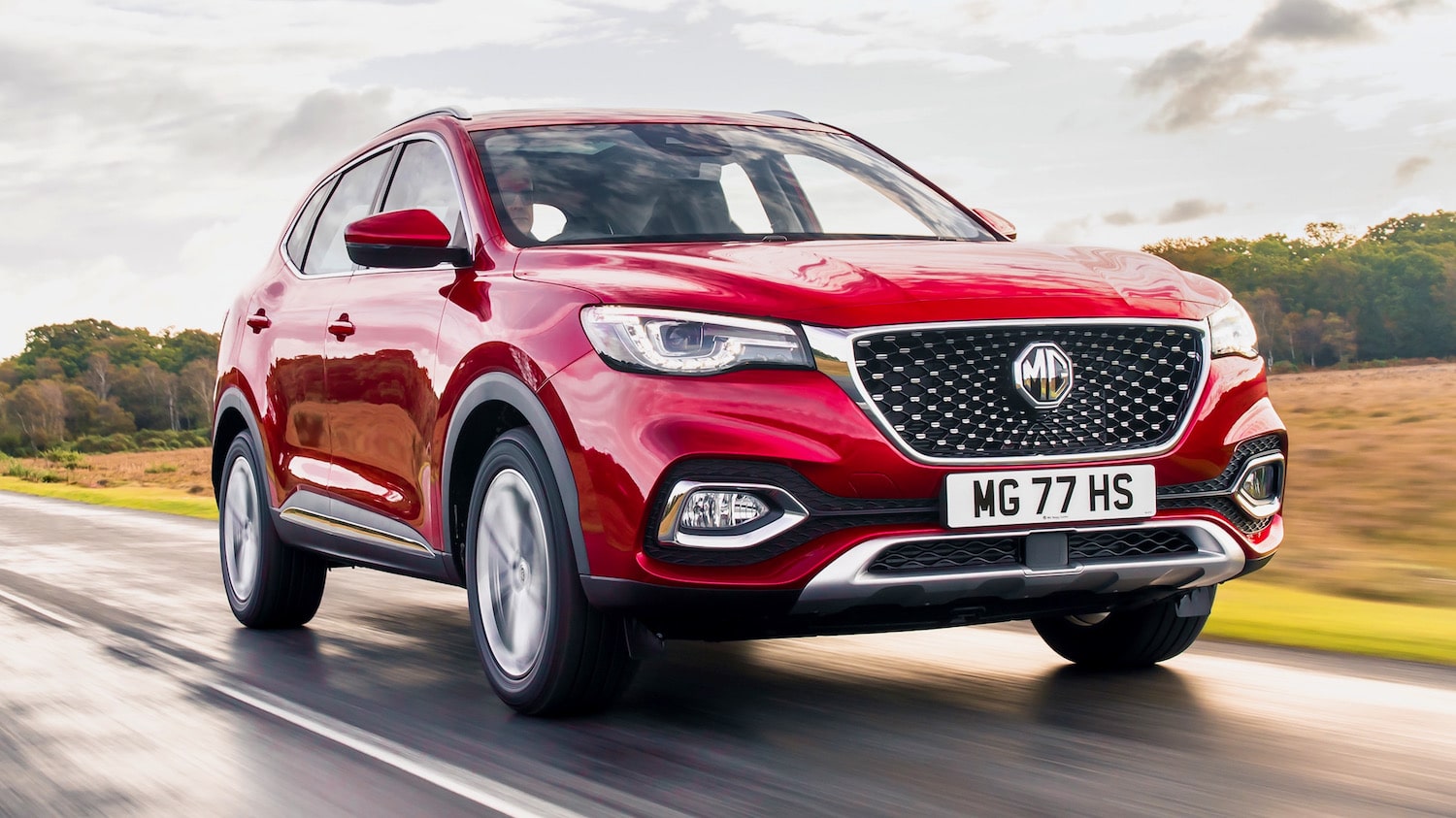
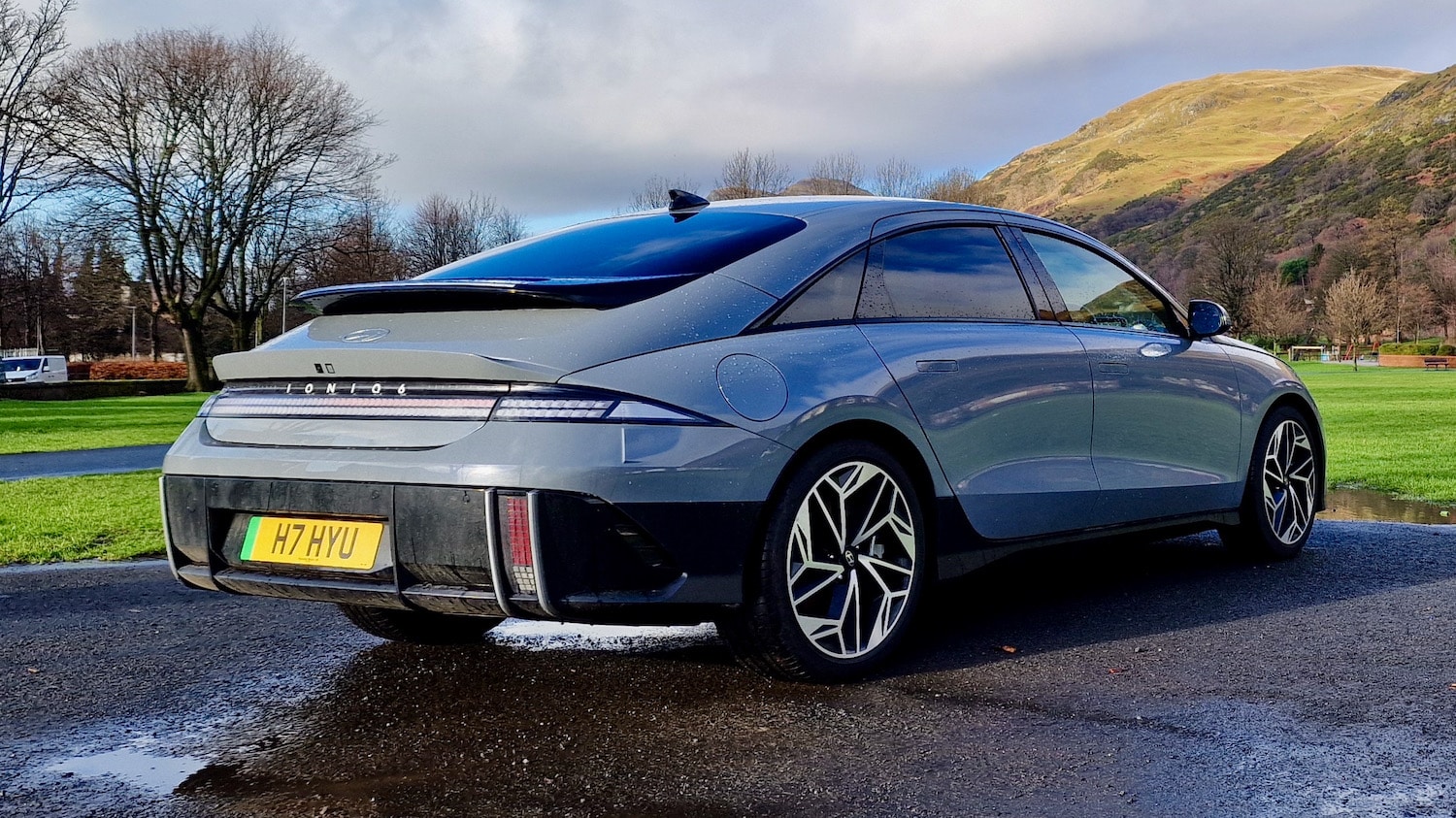
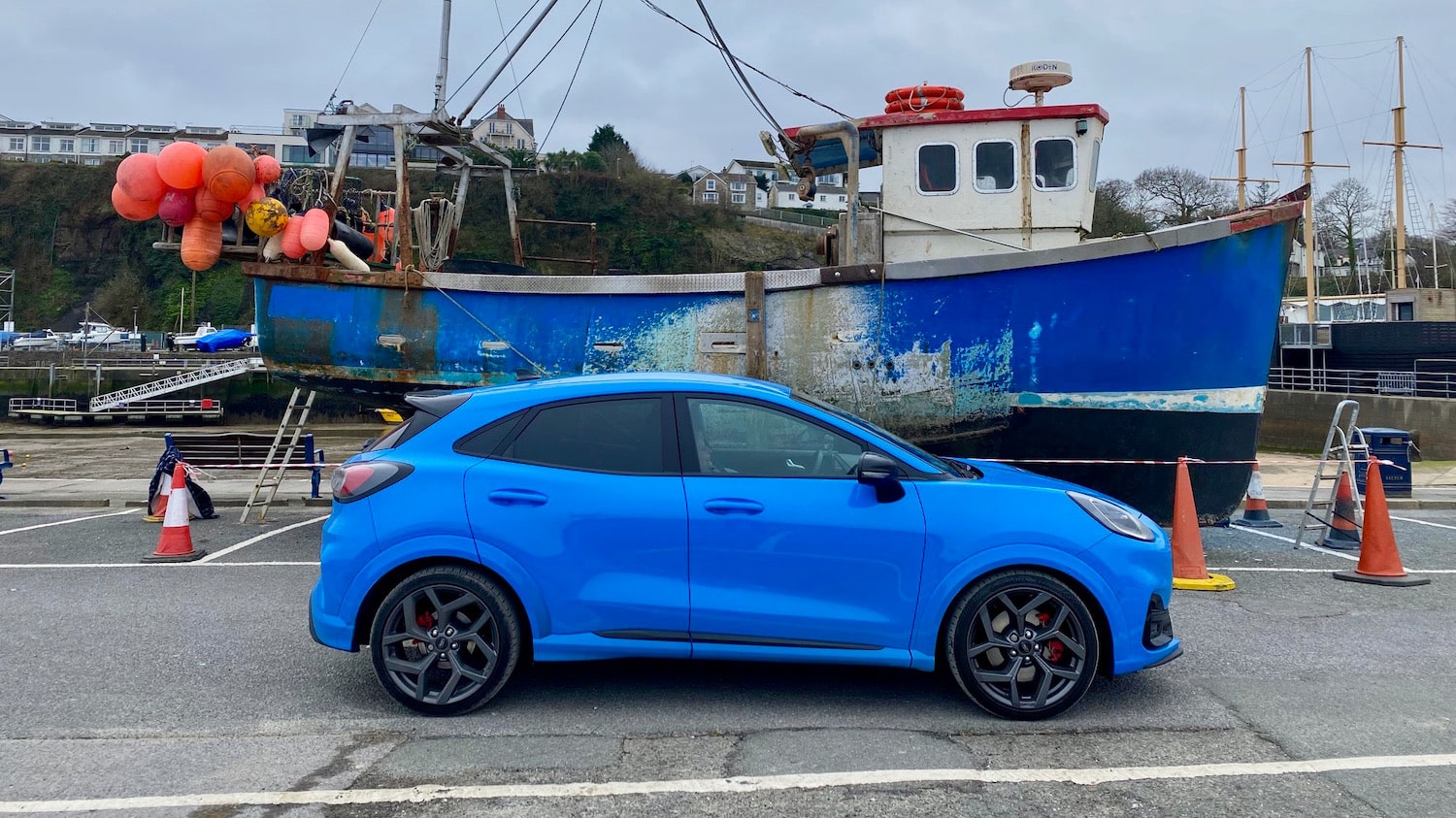
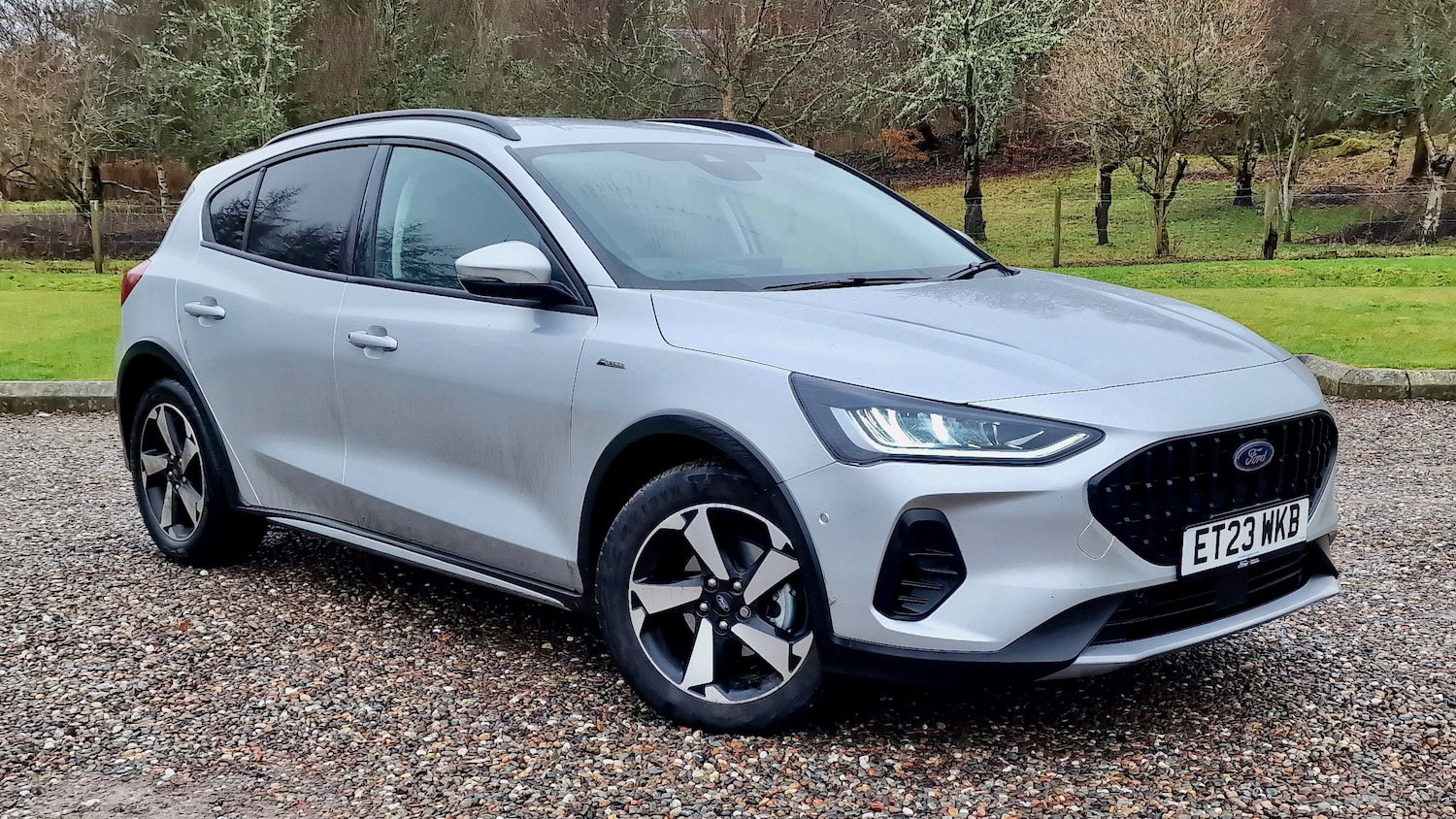
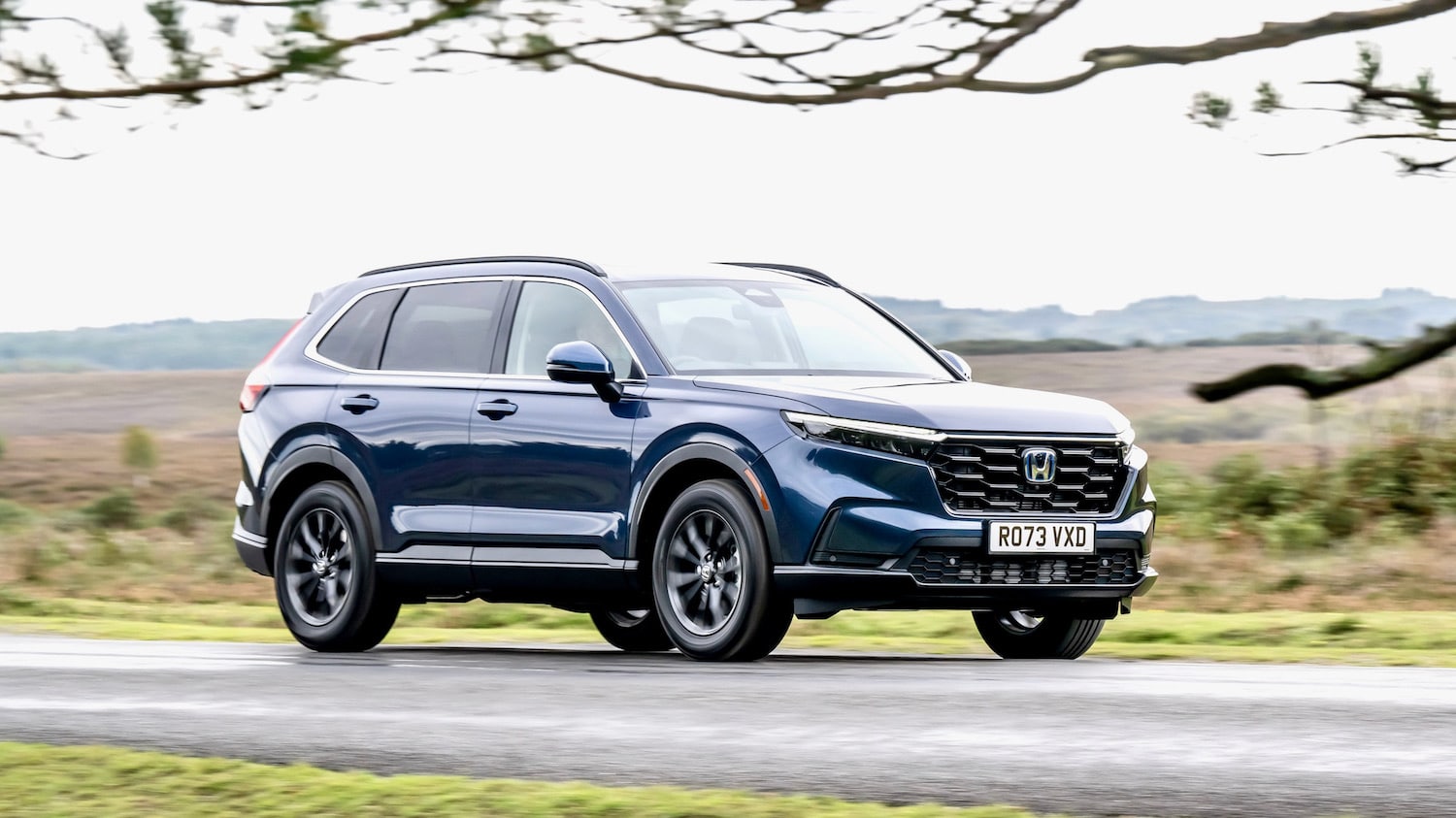
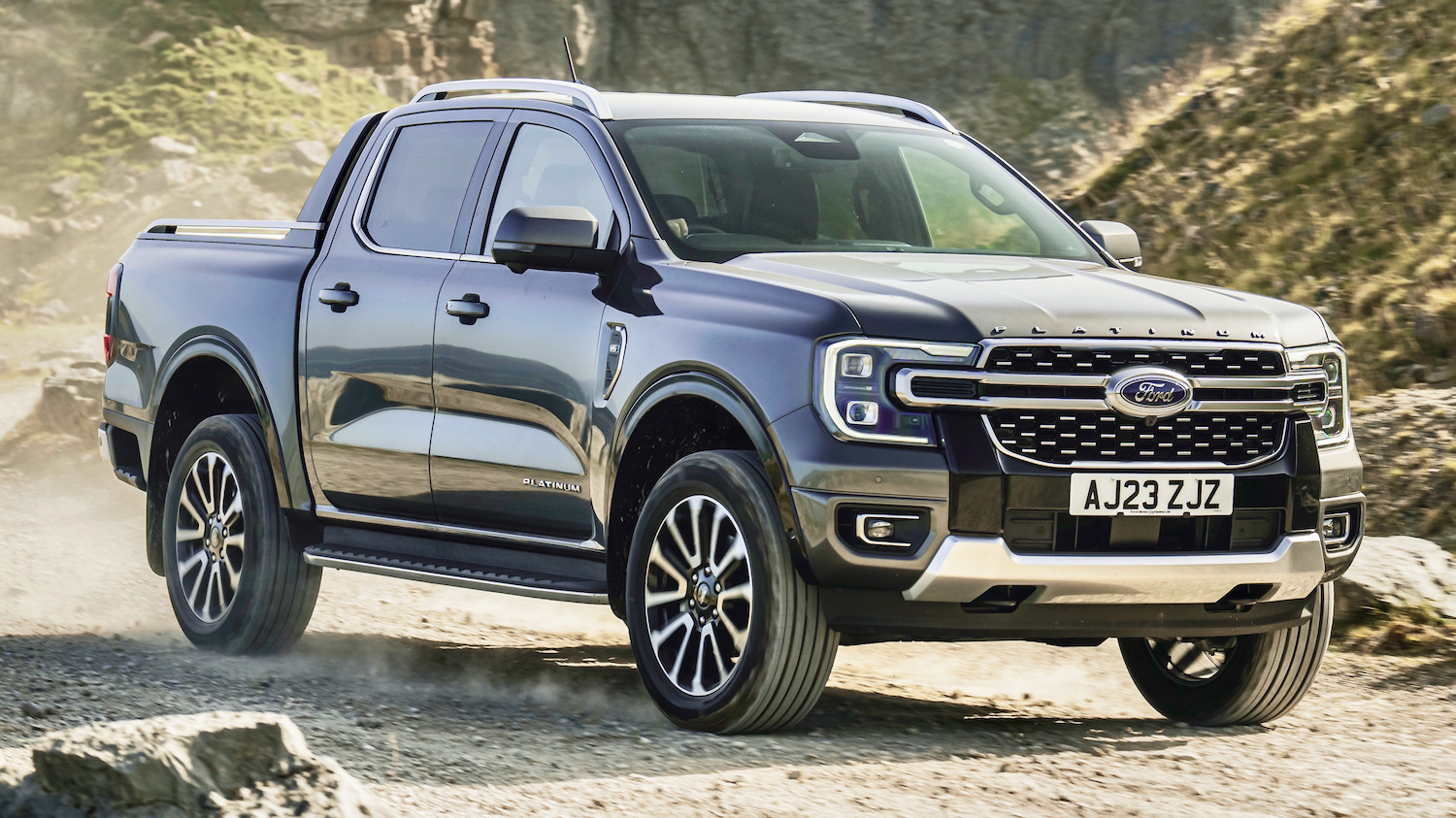
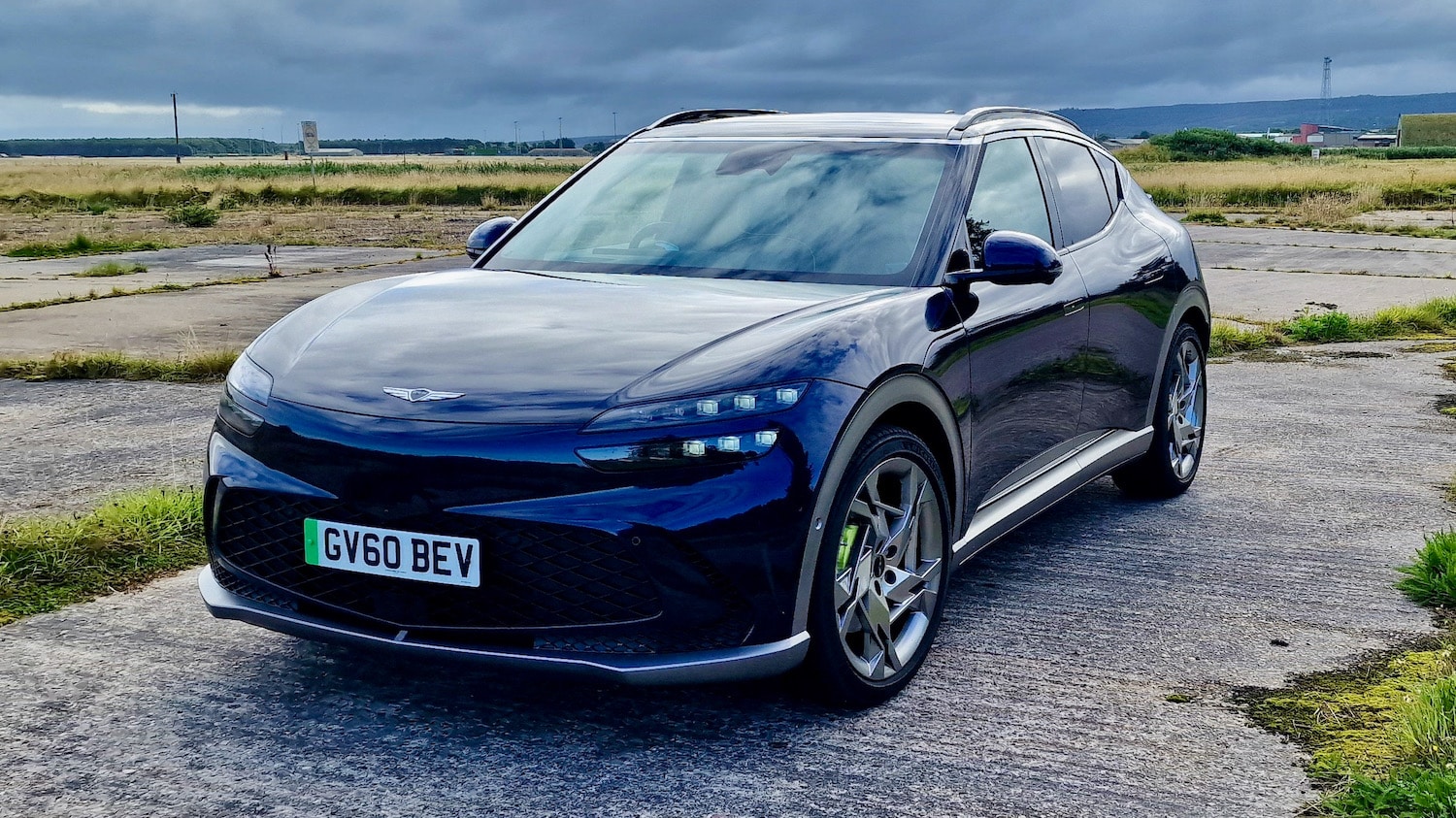
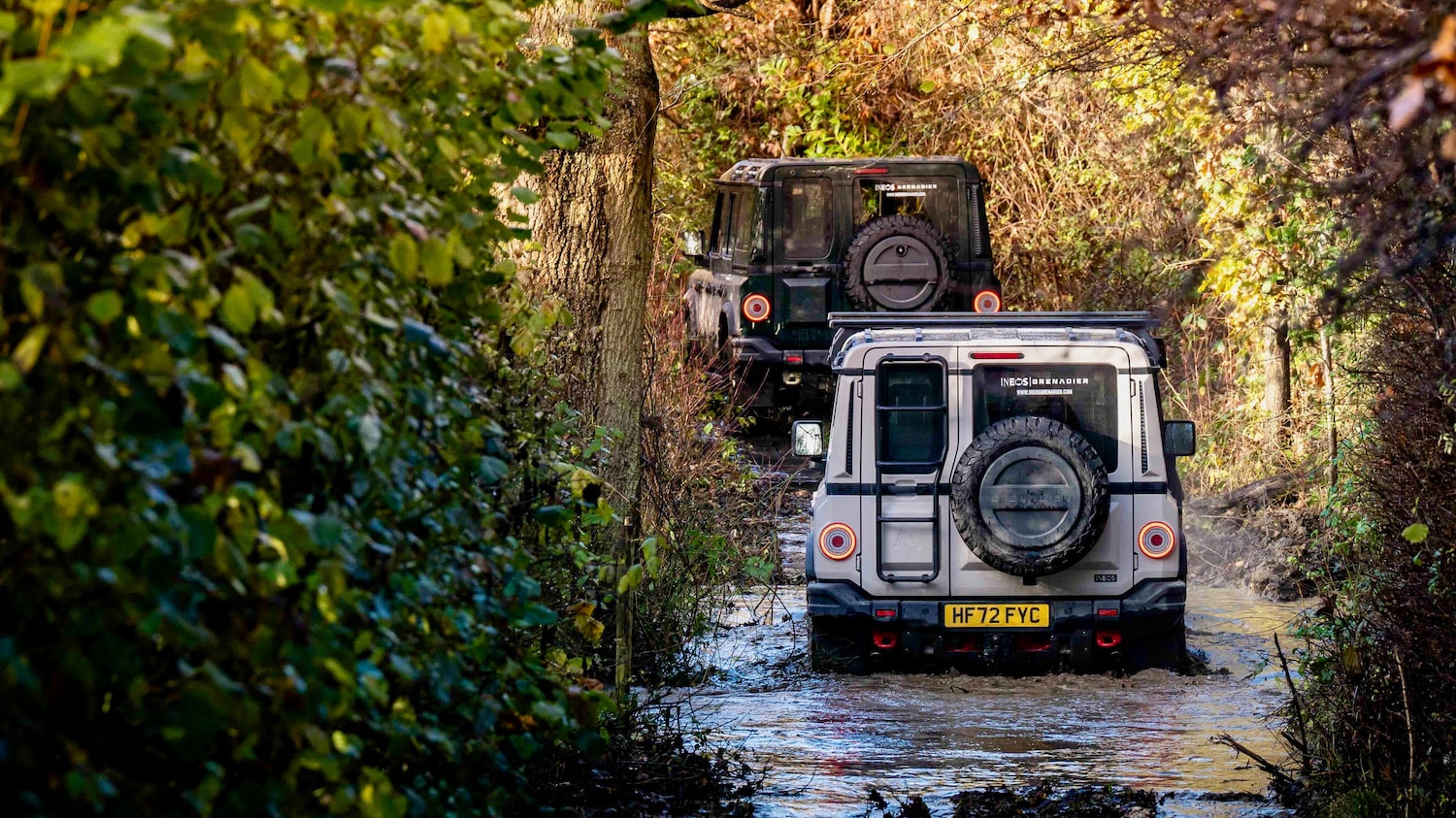
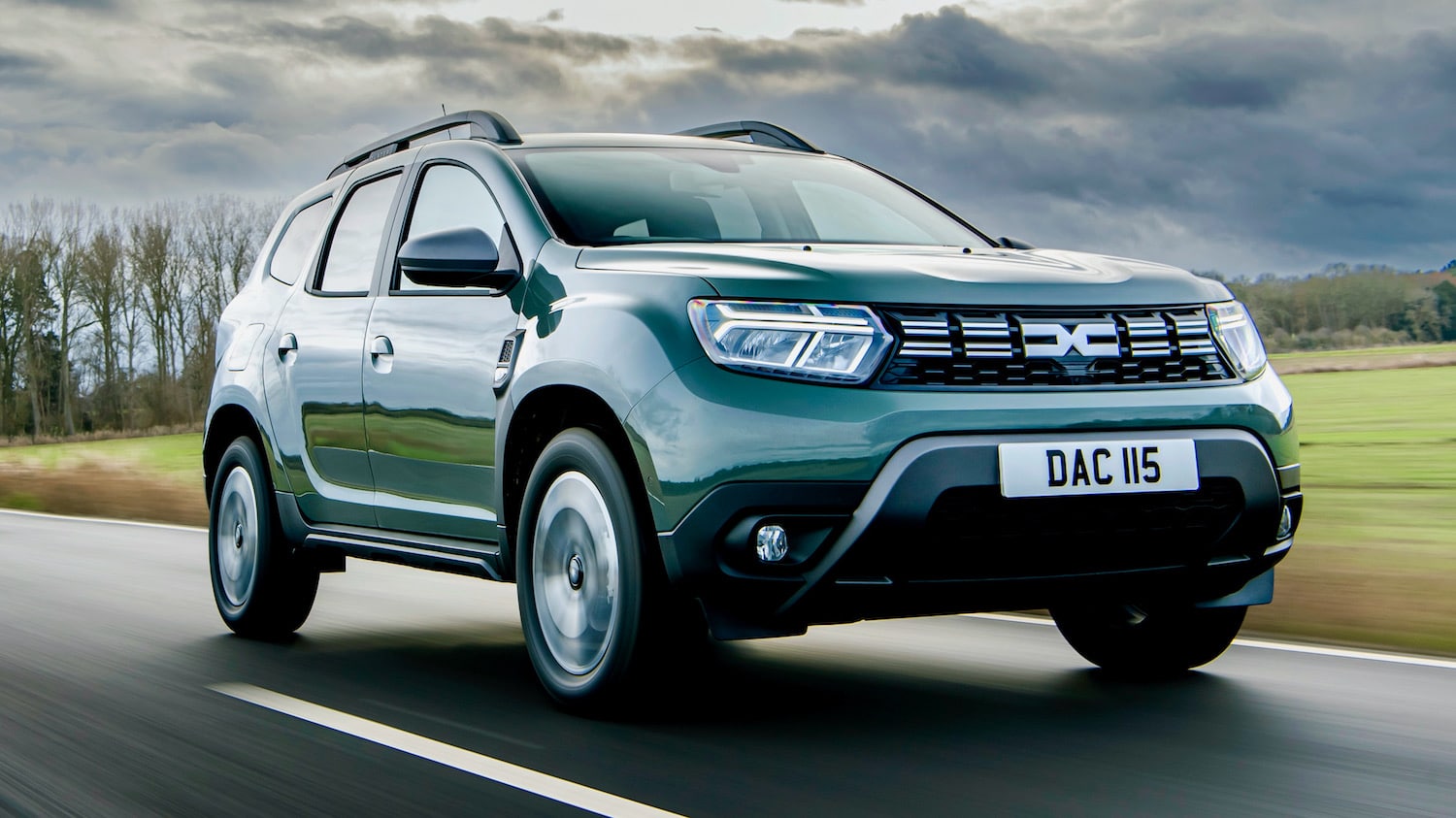
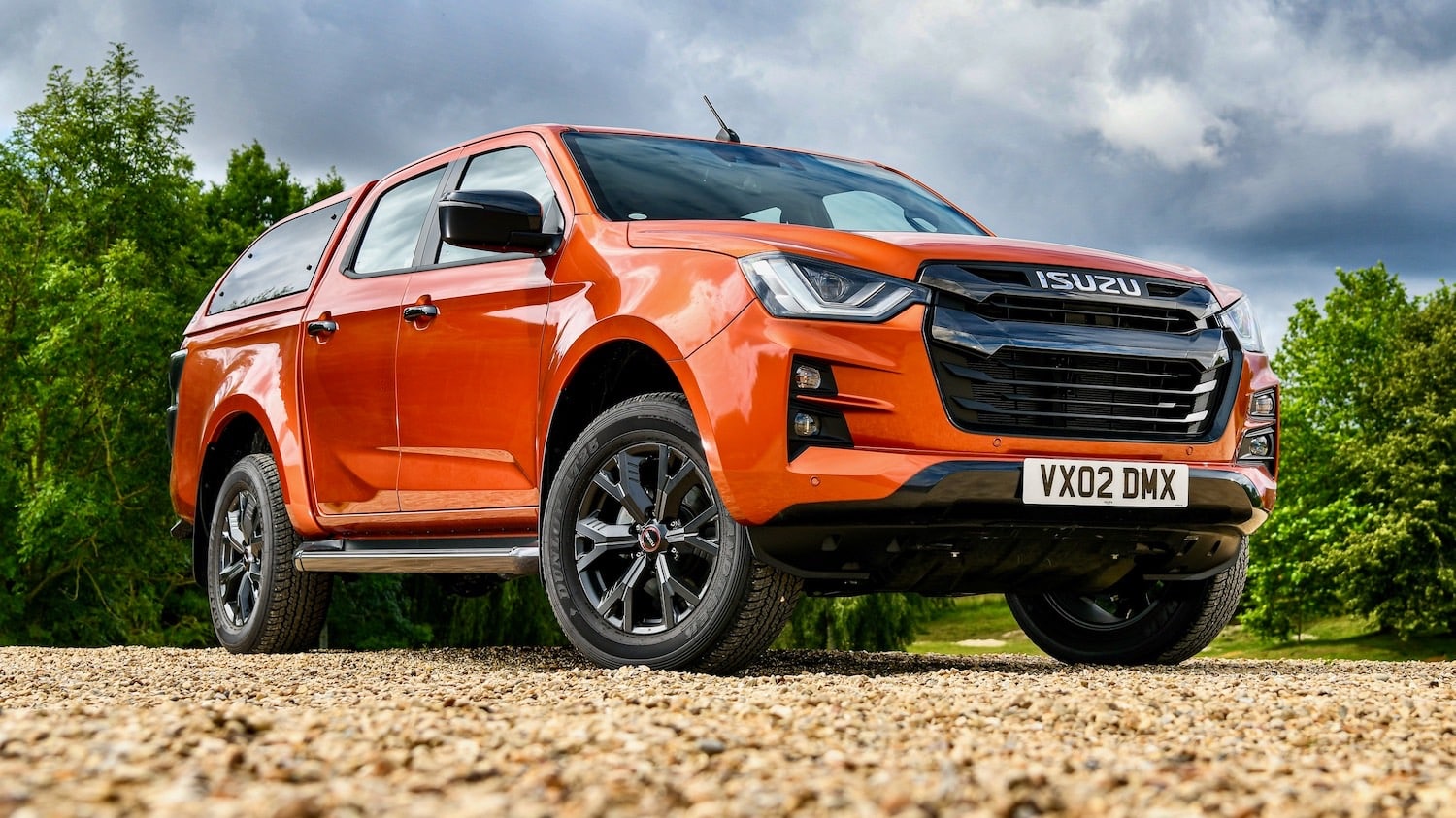
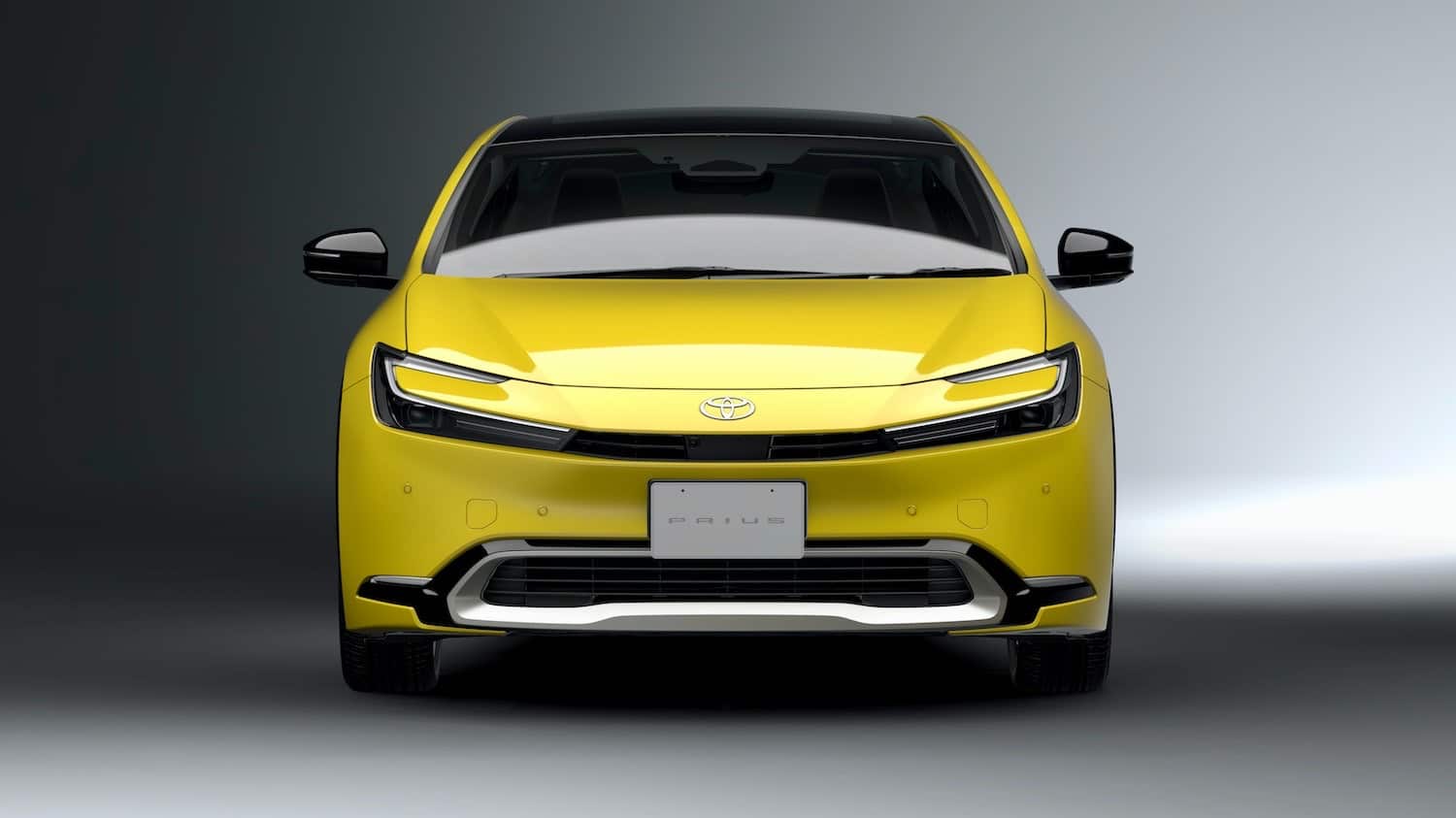
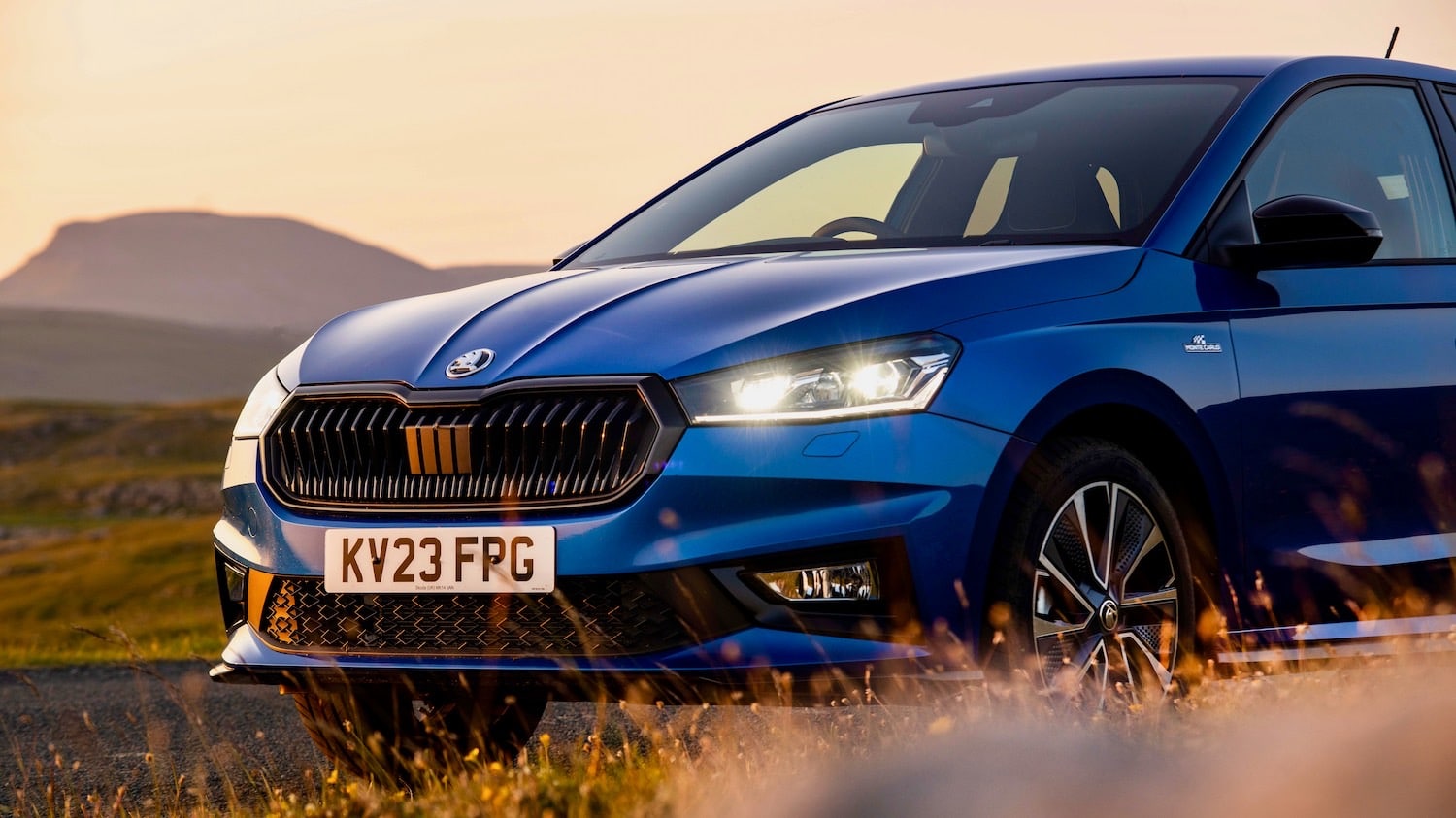

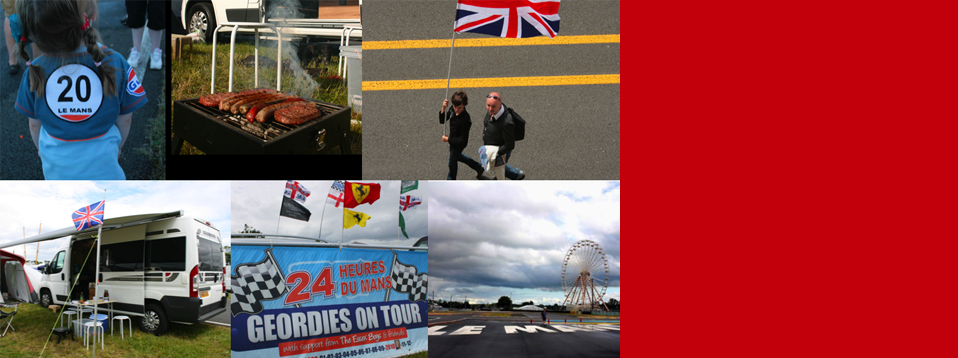
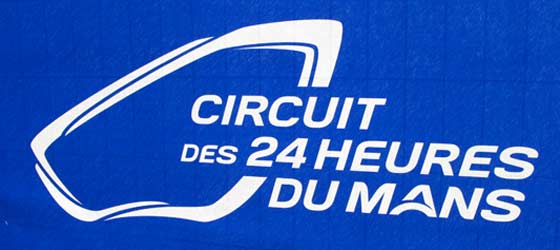 Every year more than a quarter of a million people flock to the town in north western France that is home to an iconic 24-hour motorsport event. Around 100,000 of them are British fans who cram the local hotels and campsites to be there for an around-the-clock adrenaline rush that is also part festival, non-stop party and – for many – wholly addictive.
Every year more than a quarter of a million people flock to the town in north western France that is home to an iconic 24-hour motorsport event. Around 100,000 of them are British fans who cram the local hotels and campsites to be there for an around-the-clock adrenaline rush that is also part festival, non-stop party and – for many – wholly addictive.